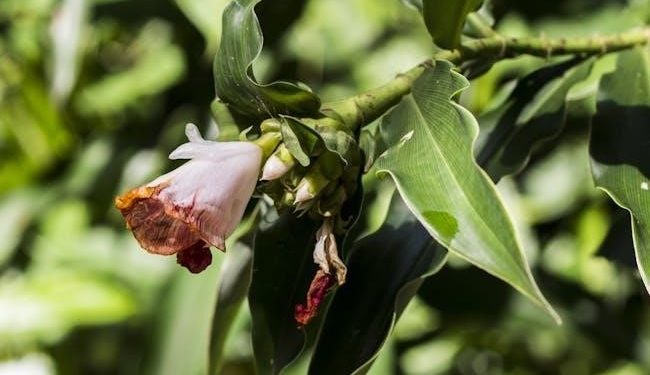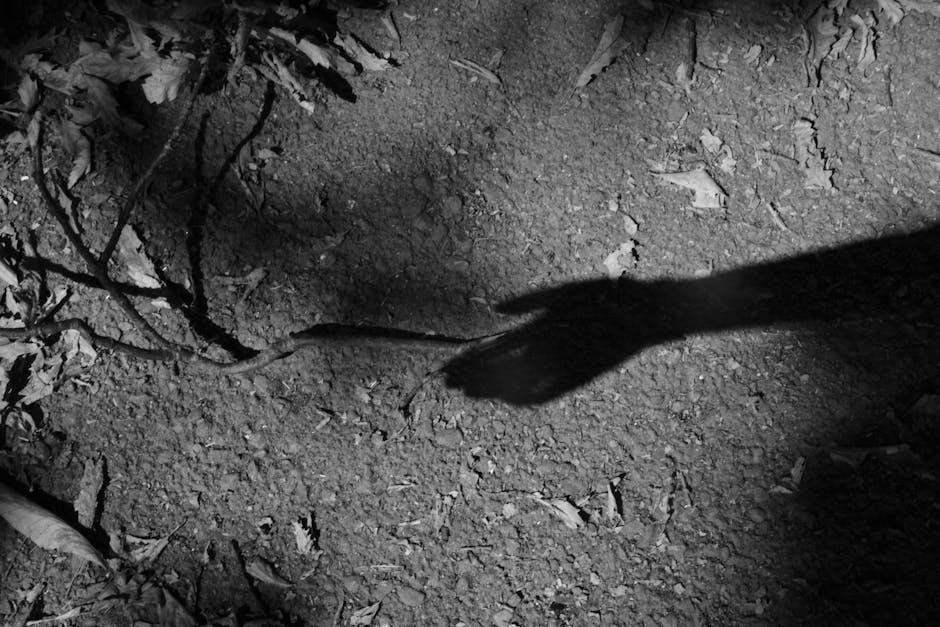Discover the enchanting world of Australian birdsong, a vibrant tapestry of unique vocalizations reflecting the country’s rich biodiversity and ecological harmony, while inspiring both scientific study and artistic expression.
Why Australian Birds Are Unique
Australian birds are renowned for their distinctive and diverse vocalizations, shaped by the continent’s evolutionary isolation. From the laughter-like calls of kookaburras to the mimicry of lyrebirds, their songs are intricate and varied. This uniqueness stems from adaptations to Australia’s varied landscapes and climates, fostering a remarkable array of species found nowhere else. Their vocal diversity not only aids in identification but also reflects their ecological roles, making them a fascinating subject for study and appreciation.
How to Use This Field Guide
This field guide is designed to help you identify and appreciate Australian birds through their unique songs. Start by browsing the regional sections to locate birds near you. Use the keyword search to find specific species or calls. Pay attention to the audio clips and descriptions to match what you hear. Tips on timing and habitats will enhance your birdwatching experience. This guide also highlights conservation efforts, ensuring you contribute to protecting these vocal treasures while exploring their fascinating world.

Diversity of Australian Birds
Australia is home to over 800 bird species, each with unique songs, creating a vibrant soundscape that reflects the country’s diverse ecosystems and ecological richness.
Unique Bird Species Found Nowhere Else
Australia boasts an extraordinary array of bird species that cannot be found anywhere else on Earth. Iconic birds like the kookaburra, lyrebird, and fairy wrens are quintessentially Australian, each possessing unique vocalizations that resonate across the country’s diverse landscapes. These birds have evolved in isolation, developing distinctive traits and songs that reflect their adaptation to Australia’s singular ecosystems. Their exclusive presence makes them a cornerstone of the nation’s biodiversity, offering a glimpse into the evolutionary history that has shaped this remarkable fauna.
Iconic Australian Birds and Their Calls
Australia is home to some of the world’s most recognizable birds, each with a distinct and memorable call. The kookaburra’s deep, laughter-like song is a familiar sound, while the lyrebird’s extraordinary mimicry can replicate everything from other birds to camera shutters. The fairy wren’s high-pitched, melodic trills and the sulphur-crested cockatoo’s loud, screeching calls are equally iconic. These vocalizations not only define the birds but also play a crucial role in their communication and survival, making them a cornerstone of Australia’s natural soundtrack.
Regional Variations in Birdsong
Australia’s diverse landscapes and climates foster a wide range of birdsong variations. From the lush rainforests of the north, where the lyrebird’s intricate mimicry echoes, to the arid deserts, where simpler, melodic calls dominate, each region’s unique acoustic environment shapes the sounds of its birds. The kookaburra’s deep laughter resonates in eastern woodlands, while the fairy wren’s high-pitched trills brighten urban gardens. These regional differences not only aid in bird identification but also reflect the adaptability of species to their ecosystems, enriching Australia’s sonic biodiversity.
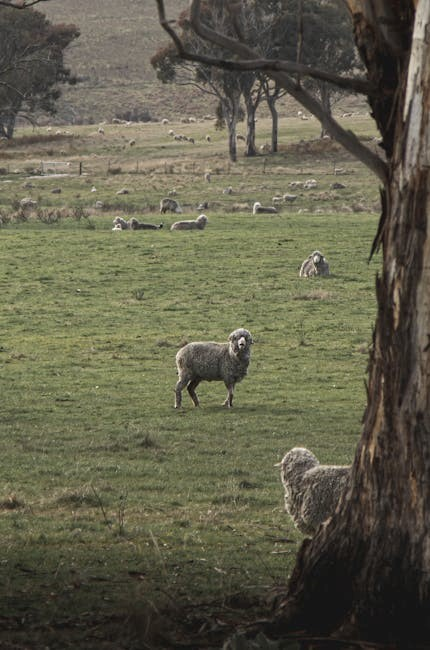
Understanding Birdsongs
Explore the fascinating science of birdsong, where each species’ unique vocalizations serve as vital tools for communication, territory marking, and mating, shaping their ecological roles.
The Science Behind Bird Vocalizations
Birdsong is a complex biological phenomenon, produced by the syrinx, located at the base of the trachea. Different species have unique vocal anatomy, enabling a wide range of sounds. Research shows that birdsong is controlled by specific brain regions, with learning and genetics playing key roles. Songs serve as tools for territory defense, mating, and communication, varying by species and purpose. Understanding these vocalizations offers insights into avian behavior, ecology, and evolution, making them a fascinating area of scientific study and conservation efforts.
How to Identify Birds by Their Songs
Identifying birds by their songs involves a combination of listening skills and knowledge. Start by familiarizing yourself with common bird calls in your region using field guides or apps. Pay attention to pitch, rhythm, and tempo, as these vary significantly between species. Note the habitat and time of day, as certain birds vocalize more during specific periods. Practice regularly to enhance your recognition abilities, and use audio recording tools to cross-reference unfamiliar sounds. This approach will help you accurately identify birds based on their unique vocalizations.
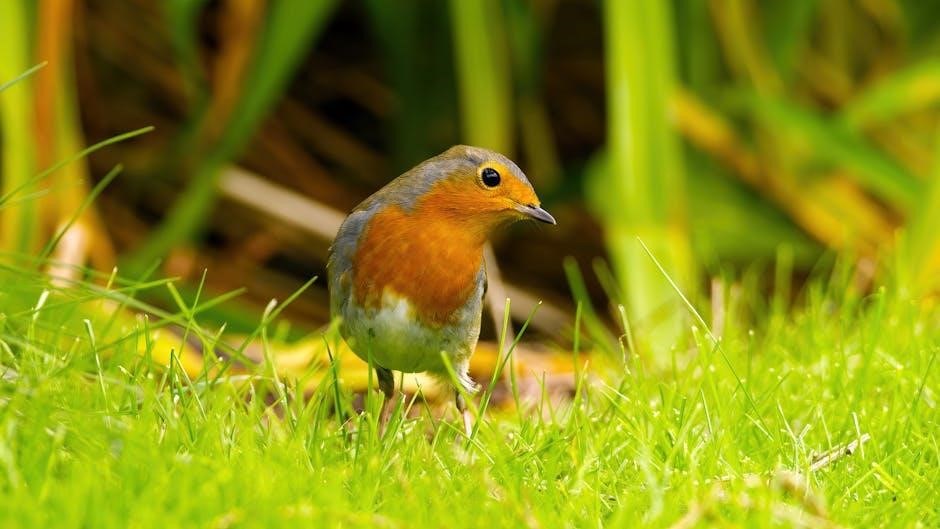
The Importance of Birdsongs in Ecology
Birdsongs play a crucial role in maintaining ecological balance by facilitating communication, territory marking, and mating, while also indicating ecosystem health and biodiversity levels.
Role of Birdsongs in Communication
Birdsongs serve as a vital communication tool, enabling birds to defend territories, attract mates, and signal potential threats. Unique vocalizations help species recognize one another, fostering social bonds and mating success. Alarm calls alert communities to predators, while complex songs showcase fitness and genetic quality. This vocal diversity not only enhances survival but also enriches ecosystem interactions, underscoring the intricate role of birdsong in maintaining ecological balance and biodiversity across Australian landscapes.
How Birdsongs Impact Ecosystems
Birdsongs significantly influence ecosystem dynamics by regulating predator-prey interactions, seed dispersal, and pollination processes. Certain bird species act as sentinels, alerting others to threats, which alters predator behavior and prey vigilance. Their vocalizations also contribute to maintaining ecological balance by signaling habitat health and biodiversity. Additionally, birdsongs can impact insect populations, indirectly affecting plant growth. Overall, birdsongs play a pivotal role in sustaining ecosystem functions and biodiversity, emphasizing the importance of conservation efforts to protect these vital songsters and their habitats.
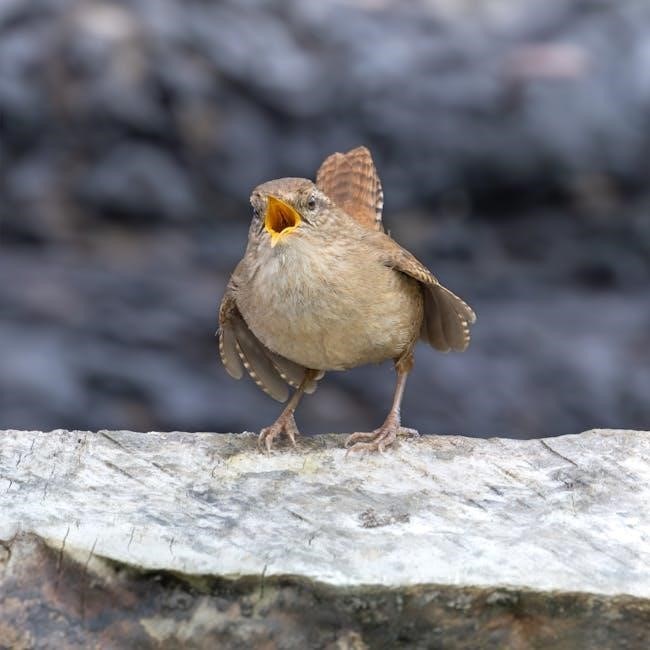
Conservation Efforts for Australian Birds
Protected habitats, research initiatives, and community engagement are vital to safeguarding Australia’s bird populations, addressing threats like habitat loss and climate change to ensure their survival.
Threats to Australian Bird Populations
Australian birds face significant threats, including habitat destruction due to urban expansion and agriculture, climate change altering ecosystems, invasive species competing for resources, and pollution impacting nesting and feeding grounds. Feral animals, such as cats and foxes, prey on native birds, while pesticides and plastic waste further endanger their survival. These challenges highlight the urgent need for conservation measures to protect Australia’s unique avifauna and maintain ecological balance.
Protecting Bird Habitats
Protecting bird habitats is crucial for preserving Australia’s avifauna. Conservation programs focus on restoring and safeguarding ecosystems like forests, wetlands, and coastal areas. Community involvement, such as tree-planting initiatives and wildlife-friendly land management, plays a vital role. Legislation and sustainable practices aim to reduce habitat destruction, while education campaigns raise awareness about the importance of biodiversity. By addressing these efforts, we can ensure the survival of Australian bird species and their unique songs for future generations.
Birdwatching in Australia
Birdwatching in Australia offers a fascinating journey through diverse landscapes, connecting enthusiasts with unique birdlife while fostering a deeper appreciation for nature and conservation efforts.
Best Locations for Birdwatching
Australia offers diverse birdwatching experiences across its varied landscapes. Kakadu National Park is renowned for its wetland species, while the Daintree Rainforest boasts some of the rarest rainforest birds. The Blue Mountains are a hotspot for lyrebirds and cockatoos, and the Outback provides a unique chance to spot desert-dwelling birds like the kookaburra and wedge-tailed eagle. Coastal areas such as the Great Ocean Road are ideal for observing seabirds and migratory species, making Australia a paradise for bird enthusiasts worldwide.
Tips for Effective Birdwatching
To maximize your birdwatching experience, start early as birds are most active during dawn and dusk. Move quietly and wear camouflage clothing to avoid startling them. Bring binoculars for clear viewing and a field guide to identify species. Patience is key—spend time observing habitats like forests, wetlands, and grasslands. Record bird calls to aid identification, and consider joining guided tours for expert insights. Respect birds and their habitats to ensure a rewarding and ethical birdwatching adventure in Australia’s diverse environments.
Technology and Birdsongs
Technology revolutionizes the study and appreciation of Australian birdsong, offering apps and online platforms for real-time identification and access to comprehensive databases of bird vocalizations.
Apps and Tools for Identifying Birdsongs
Innovative apps and digital tools are transforming the way enthusiasts identify Australian birdsongs. Platforms like iNaturalist and eBird utilize audio recognition technology, enabling users to record and match bird vocalizations instantly. These tools often include extensive databases of regional bird calls, allowing for precise identification. Advanced features such as location-based filtering and real-time data sharing further enhance the experience. By leveraging machine learning, these apps continuously improve accuracy, making them indispensable for both casual birdwatchers and professional researchers. They democratize access to bird identification, fostering a deeper connection with nature.
Indigenous Knowledge and Birds
Australian birds hold deep cultural significance in Indigenous traditions, featuring in stories, art, and ecological practices. Their songs inspire spiritual connections, reflecting a harmonious relationship with nature and heritage.
The Role of Birds in Indigenous Culture
Birds play a vital role in Indigenous Australian culture, often featuring as totems, ceremonial figures, and messengers between humans and spirits. Their songs are integral to oral traditions, guiding practices and storytelling; Indigenous communities have long revered birds for their ecological wisdom, using their behaviors to predict weather and seasonal changes. Birds also symbolize resilience and adaptability, mirroring the enduring spirit of Indigenous peoples. Their songs are passed down through generations, reinforcing cultural identity and the deep connection to the land.
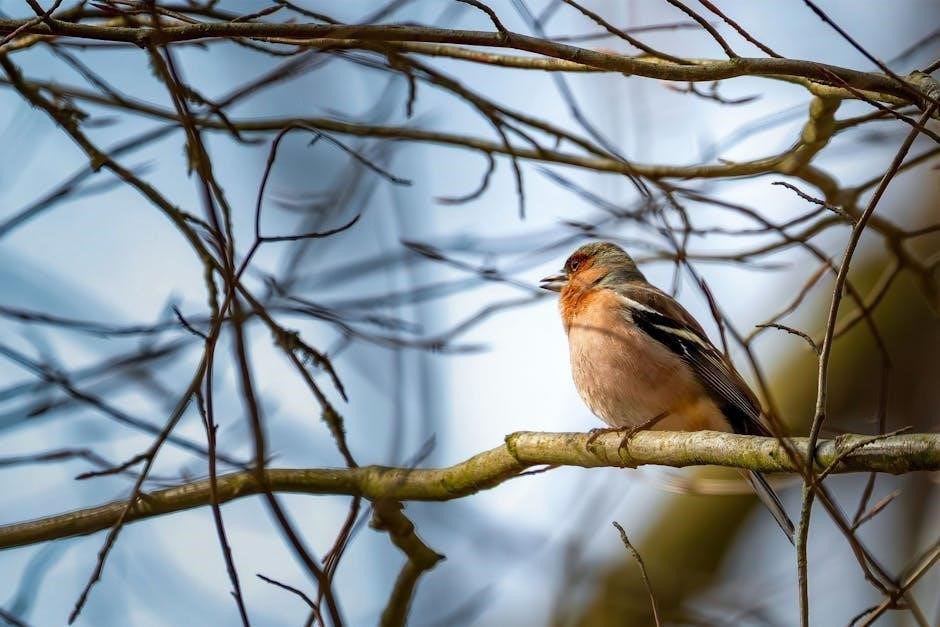
Regional Birdsongs Across Australia
Australia’s diverse climates and geography create a rich mosaic of birdsong, with species adapting their vocalizations to thrive in varied habitats, from tropical rainforests to arid deserts.
Birdsongs in Different Australian Climates
Australia’s varied climates significantly influence birdsong diversity. Tropical rainforests host complex, layered vocalizations, while arid deserts feature birds with low-frequency calls to travel farther. Alpine regions see seasonal bursts of song during breeding periods, contrasting with temperate zones’ year-round melodies. Coastal birds adapt their songs to penetrate wind and waves, showcasing nature’s remarkable adaptability. Each climate shapes unique acoustic traits, offering a fascinating auditory journey across the continent’s ecosystems.

Birdsongs in Australian Culture and Arts
Australian birdsong has inspired countless works of art, music, and literature, weaving its unique melodies into the cultural fabric of the nation’s identity and creative expression.
Inspiration from Australian Birdsongs
Australian birdsong has long been a source of inspiration for artists, musicians, and writers, offering a symphony of sounds that reflect the nation’s diverse natural landscapes. The unique calls of iconic species like the kookaburra and lyrebird have influenced musical compositions, while their melodies have been woven into poems and stories. Visual artists, too, draw creativity from the vibrant plumage and rhythmic songs of native birds, creating works that celebrate their beauty. This cultural resonance highlights the profound impact of birdsong on Australian identity and creative expression.
Australian birdsong is a testament to nature’s beauty and diversity, offering insights into ecology, culture, and conservation, while inspiring wonder and appreciation for the natural world.
Final Thoughts on Australian Birdsong
Australian birdsong is a captivating blend of melodies that reflect the nation’s unique biodiversity and cultural heritage. From the iconic kookaburra’s laugh to the lyrebird’s mimicry, these vocalizations inspire wonder and curiosity. They play a vital role in ecosystems, aiding communication and territory marking, while also enriching human experiences through art and science; With modern tools like birding apps, enthusiasts can deepen their connection to these sounds, fostering appreciation and conservation efforts. Australian birdsong truly embodies the spirit of nature’s symphony.






























